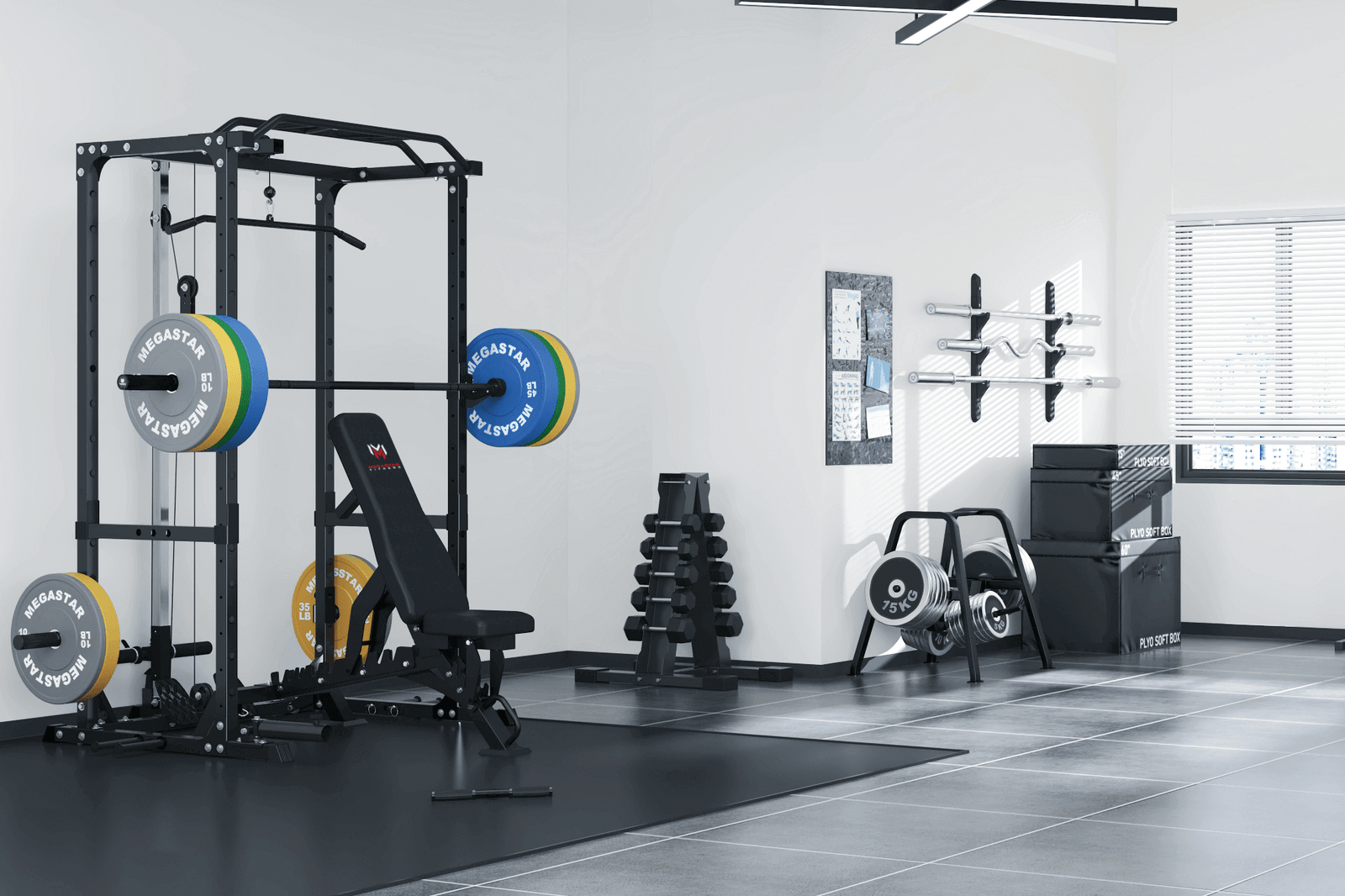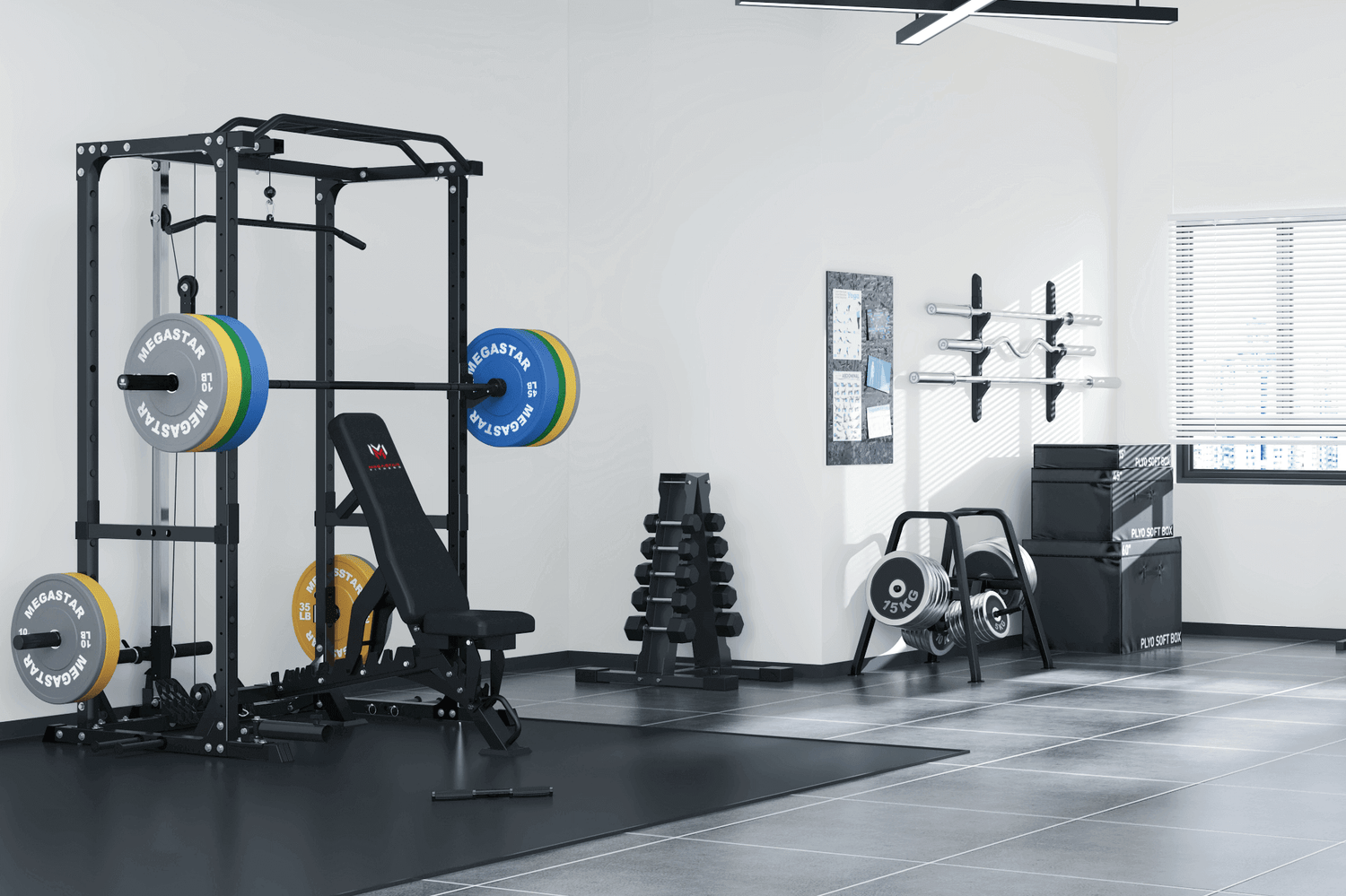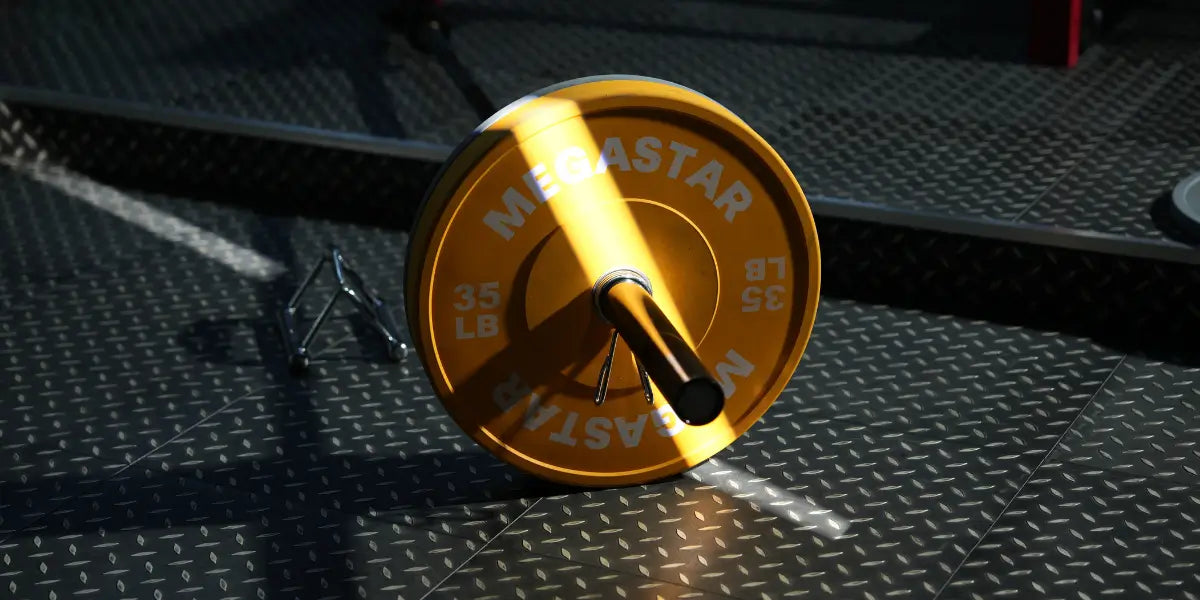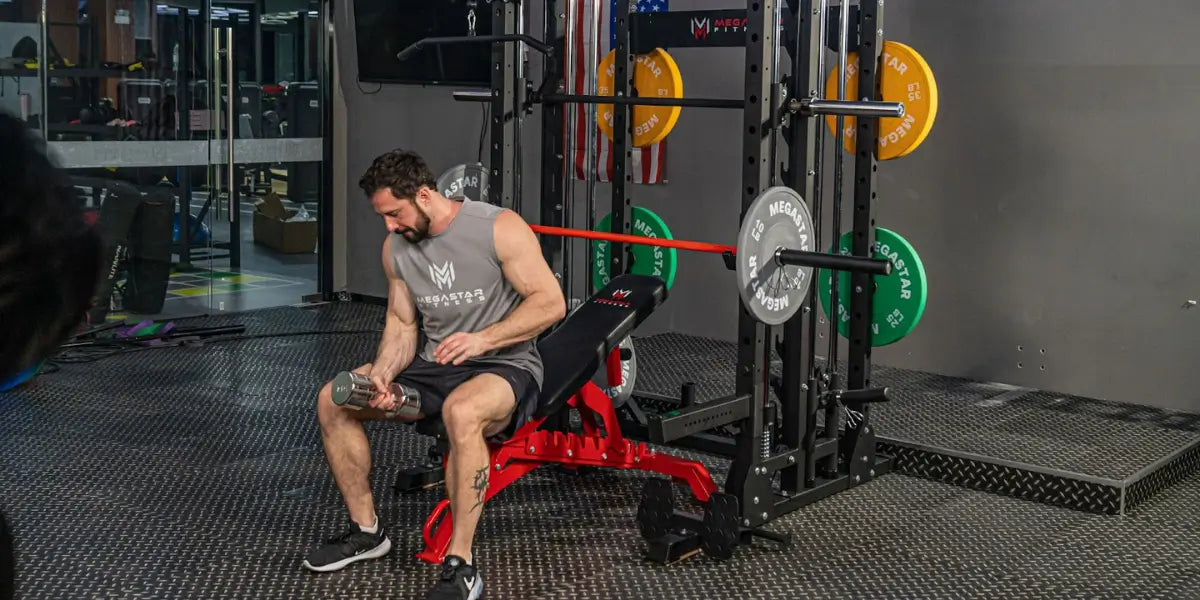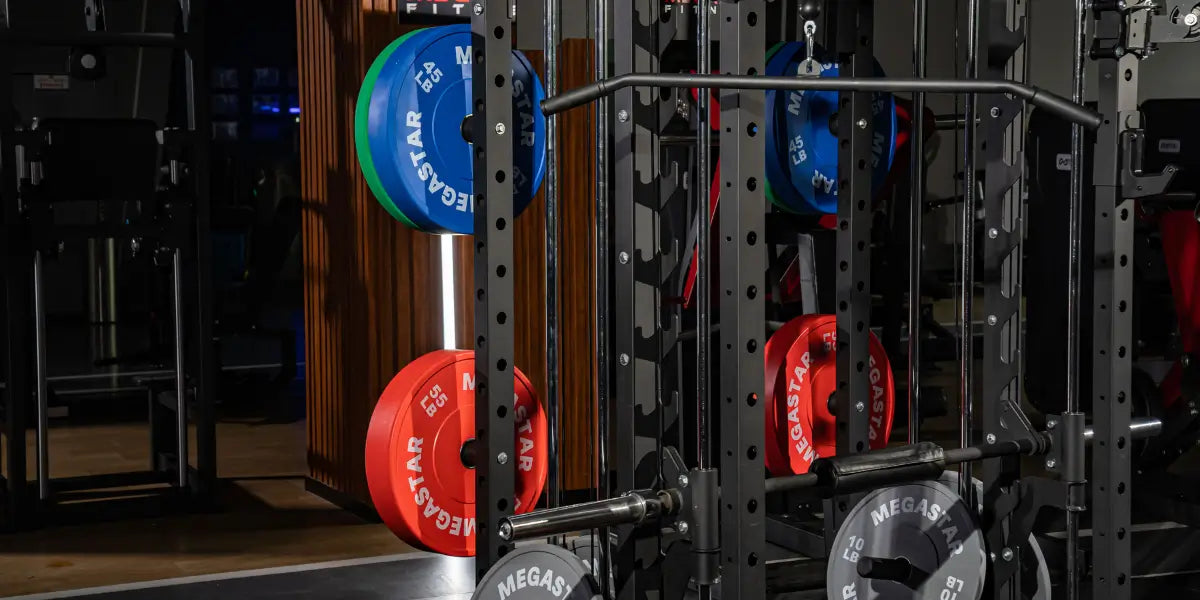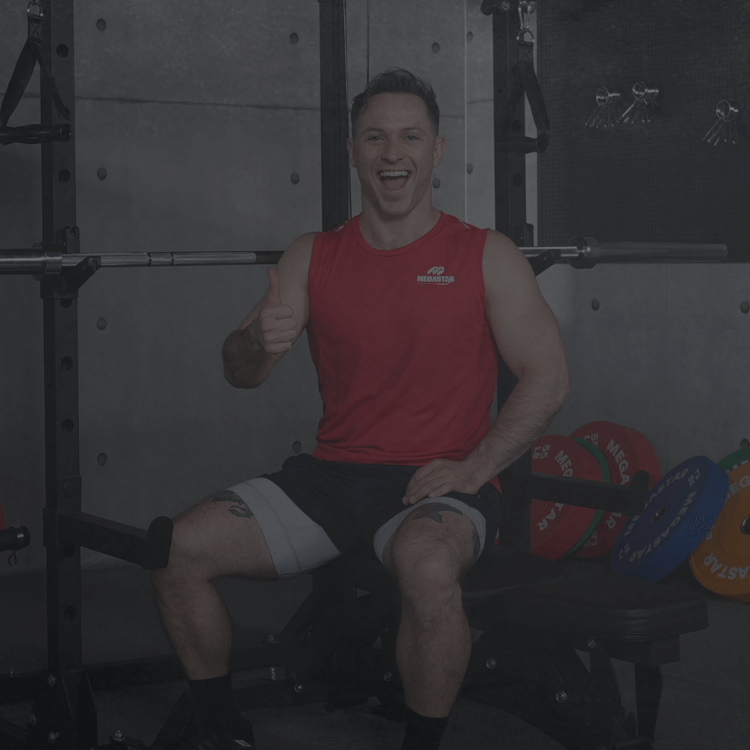Whether you’re tight on space or want a convenient, cost-effective way to stay fit, this Small Home Gym Setup Guide will walk you through everything you need. From choosing the right space and essential equipment to smart storage tips and overcoming common challenges, you’ll learn how to create a functional, motivating workout area tailored to your goals and lifestyle. Let’s make your fitness routine easier and more enjoyable—right at home.
Benefits of a Small Home Gym
A small home gym lets you train any time without worrying about gym hours or commuting, saving valuable time each day. For example, you can fit in a quick 20-minute HIIT session before work or do yoga stretches after dinner without leaving your house. While there is an upfront investment in equipment like adjustable dumbbells or a compact treadmill, over the long run, it’s far more affordable than paying for gym memberships year after year. Plus, you eliminate transportation costs and the hassle of crowded gyms, making your fitness routine more convenient and sustainable.

Choosing the Right Space
Start by measuring the available area in your home—even a small corner or a spare nook can work as long as it allows enough room to perform your basic workout movements safely, such as lunges or kettlebell swings. Good lighting, like placing your gym near a window or using bright LED lights, helps keep you focused and energized during exercise. Proper ventilation—maybe a ceiling fan or an open window—helps maintain fresh air and reduce odors. Protective flooring options include interlocking foam mats or rubber tiles, which cushion your joints during jumping exercises and protect hardwood floors from damage.
What Is Needed for a Small Home Gym?
Adjustable Dumbbells and Resistance Bands
Adjustable dumbbells allow you to switch weights quickly and save space compared to a full dumbbell rack. Resistance bands, such as loop or tube bands with handles, are perfect for exercises like banded squats or assisted pull-ups and can easily be stored in a drawer or bag.
Folding Bench and Compact Cardio Options
A folding bench supports a wide range of strength exercises and folds away neatly when not in use, helping you keep your space organized. For cardio, jump ropes and compact exercise bikes provide effective, low-noise workouts without taking up much room.
Specialty Equipment and Home Gym Packages
Kettlebells of varying weights let you do swings, goblet squats, or Turkish get-ups, while medicine balls can be used for slams or rotational throws. Foam rollers aid muscle recovery after intense workouts. Buying each piece individually can be complicated and requires careful matching of sizes and functions. Instead, consider Home Gym Packages, which offer pre-selected, compatible sets that fit small spaces and provide a complete training solution.
Storage and Organization
Vertical and Portable Storage Solutions
Install wall-mounted racks, hooks, and pegboards to make the most of vertical space and keep your equipment off the floor. Portable storage options like rolling bins or charts allow you to store and move gear easily, maintaining a clean and flexible workout area.
Decluttering Habits
After finishing your workout, immediately hang up your resistance bands, fold the bench, and place dumbbells back on their rack. This habit keeps your workout area safe and inviting, preventing trips or injuries.
Designing for Function And Safety
Arrange your equipment thoughtfully to allow smooth, safe movement during workouts. Ensure there’s enough clearance between items to perform exercises comfortably without feeling cramped. Installing mirrors helps you monitor your form and technique, reducing injury risk. High-quality flooring protects your joints and home surfaces while providing traction and stability.

Maximizing Your Home Gym Potential
Multi-Use Equipment and Bodyweight Exercises
Choose equipment that can be used for multiple exercises to maximize value and variety. Complement your routine with bodyweight movements such as push-ups, squats, and planks, which require no equipment and add versatility.
Efficient Workout Flow and Digital Support
Plan your workouts in circuits or supersets to minimize rest time and switching between equipment, making sessions more time-efficient. Take advantage of fitness apps for guided workouts and progress tracking, and join online fitness communities to stay motivated and accountable.
Overcoming Common Challenges
Noise Management and Equipment Clutter
Use shock-absorbing mats under your equipment to reduce noise and vibrations, especially important if you live in an apartment or shared building. Limit your equipment to essentials and employ smart storage solutions to avoid clutter and maintain a functional space.
Staying Motivated and Safety Practices
Set realistic, achievable goals and regularly monitor your progress to keep motivation high. Always maintain your equipment and ensure your workout space is well-lit and spacious enough to prevent accidents.
Final Thoughts
Customize your home gym based on your fitness goals and available space. There’s no need to buy everything at once—start with the basics and build your setup over time. Remember, consistent, quality workouts combined with enjoying the process are the keys to long-term success.

